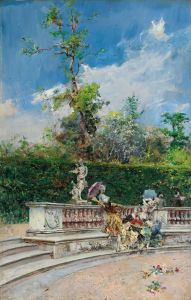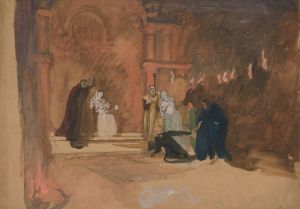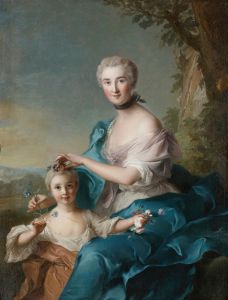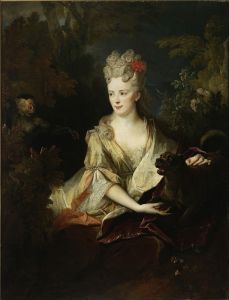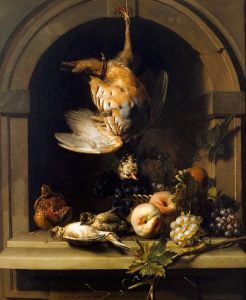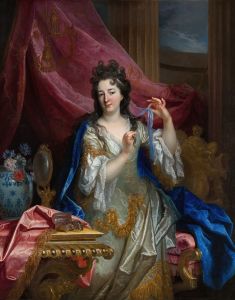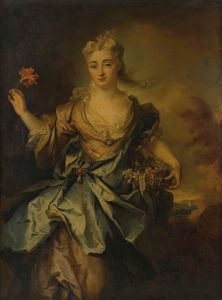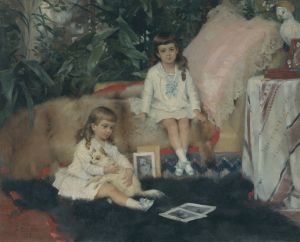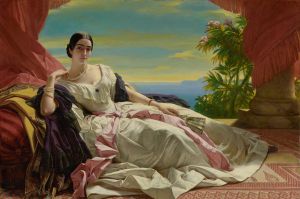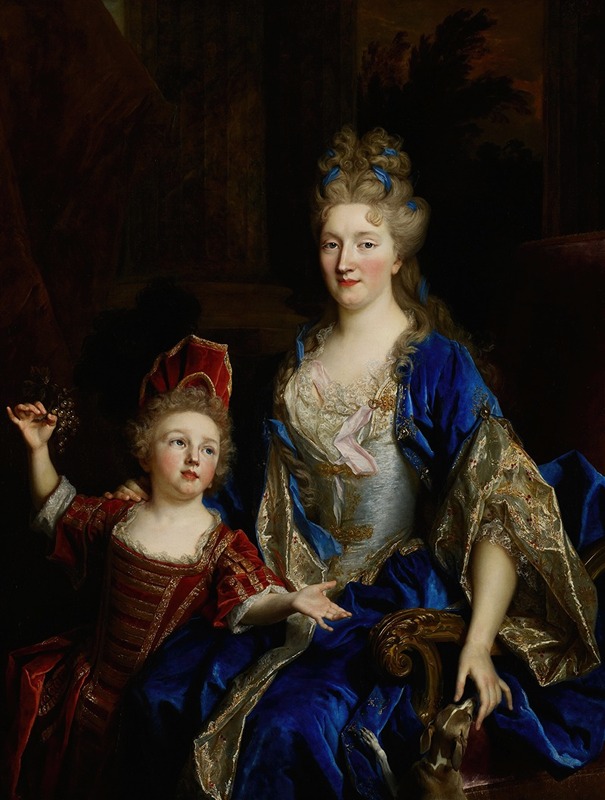
Portrait of Catherine Coustard, Marquise of Castelnau, Wife of Charles-Léonor Aubry with Her Son Léonor
A hand-painted replica of Nicolas de Largillière’s masterpiece Portrait of Catherine Coustard, Marquise of Castelnau, Wife of Charles-Léonor Aubry with Her Son Léonor, meticulously crafted by professional artists to capture the true essence of the original. Each piece is created with museum-quality canvas and rare mineral pigments, carefully painted by experienced artists with delicate brushstrokes and rich, layered colors to perfectly recreate the texture of the original artwork. Unlike machine-printed reproductions, this hand-painted version brings the painting to life, infused with the artist’s emotions and skill in every stroke. Whether for personal collection or home decoration, it instantly elevates the artistic atmosphere of any space.
Nicolas de Largillière's Portrait of Catherine Coustard, Marquise of Castelnau, Wife of Charles-Léonor Aubry with Her Son Léonor is a notable example of French portraiture from the late 17th or early 18th century. Largillière (1656–1746) was a prominent French Baroque painter, renowned for his skill in depicting the aristocracy and bourgeoisie of his time with elegance and grandeur. This painting exemplifies his mastery in capturing the opulence and social status of his sitters.
The portrait features Catherine Coustard, the Marquise of Castelnau, alongside her son Léonor. Catherine Coustard was the wife of Charles-Léonor Aubry, a figure of some prominence, though specific details about his life and role remain limited in historical records. The painting is believed to have been commissioned to emphasize the family's wealth, status, and lineage, as was customary for portraits of this nature during the period.
In the composition, Catherine Coustard is depicted in a richly adorned gown, emphasizing her aristocratic status. Her attire, along with the luxurious drapery and background elements, reflects the Baroque style's focus on grandeur and detail. Her son Léonor is shown beside her, symbolizing the continuation of the family line and the importance of legacy. The interaction between the figures conveys a sense of maternal care and familial pride, a common theme in portraits of mothers and children during this era.
Largillière's technique is evident in the meticulous rendering of textures, such as the fabrics, jewelry, and skin tones, which contribute to the lifelike quality of the painting. His use of light and shadow enhances the three-dimensionality of the figures and adds depth to the composition. The background, often featuring classical architectural elements or lush drapery, serves to further underscore the sitters' social standing.
The painting is housed in the National Gallery of Art in Washington, D.C., where it remains an important example of Largillière's work and French portraiture of the period. It provides insight into the cultural and artistic values of the French aristocracy during the reign of Louis XIV and the early 18th century.
This portrait is celebrated for its artistic quality and historical significance, offering a glimpse into the lives and aspirations of the French elite during a time of great cultural flourishing.





